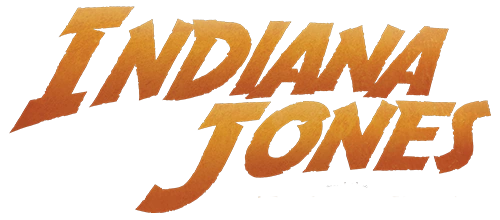Template:Infobox Object A King Cool refrigerator was a household appliance designed for keeping food cold, and made by the King Cool company.
In 1957, a lead-lined King Cool refrigerator was installed in one of the houses in Doom Town, a fake town built in the Nevada desert for the purposes of nuclear testing. Escaping from Soviet troops, Indiana Jones heard the alarms announcing an upcoming nuclear weapon test, and headed into a house for shelter. With the countdown approaching zero, Jones dumped out the contents of the fridge, and took cover inside the King Cool appliance.
The refrigerator's lead lining protected Jones from the radiation, while the explosion launched the appliance out of Doom Town and into the desert, where Jones landed, and crawled out of the fridge, to the astonishment of a prairie dog. Jones was discovered and picked up by the US military.
Behind the scenes
The sequence in Indiana Jones and the Kingdom of the Crystal Skull where Indiana Jones survives the nuclear blast by being propelled away in a refrigerator created a new cultural phrase "Nuking the fridge", having a meaning similar to "Jumping the shark".
The concept of using a refrigerator to survive a nuclear blast in Nevada can be found in the earlier drafts of Robert Zemeckis' 1985 film Back to the Future which was produced by Steven Spielberg's Amblin Entertainment company. In Zemeckis' original story, a refrigerator served as Doc Brown's time machine and was used by protagonist Marty McFly in order to survive the blast and return to his time. After speaking with Spielberg, however, Zemeckis dropped the idea over concerns that it could inspire children to recreate the scene with their home appliances.[1]
In 2012, Doctor David Shechner challenged George Lucas' assertion that there was a 50-50 chance of a man realistically being able to survive a nuclear blast in a lead-lined fridge,[2] writing extensively on the multiple ways that such an event would be lethal for a person.[3]
Appearances
- Indiana Jones and the Kingdom of the Crystal Skull
- Indiana Jones and the Kingdom of the Crystal Skull novel
- Indiana Jones and the Kingdom of the Crystal Skull comic
- LEGO Indiana Jones 2: The Adventure Continues (Non-canonical appearance)
